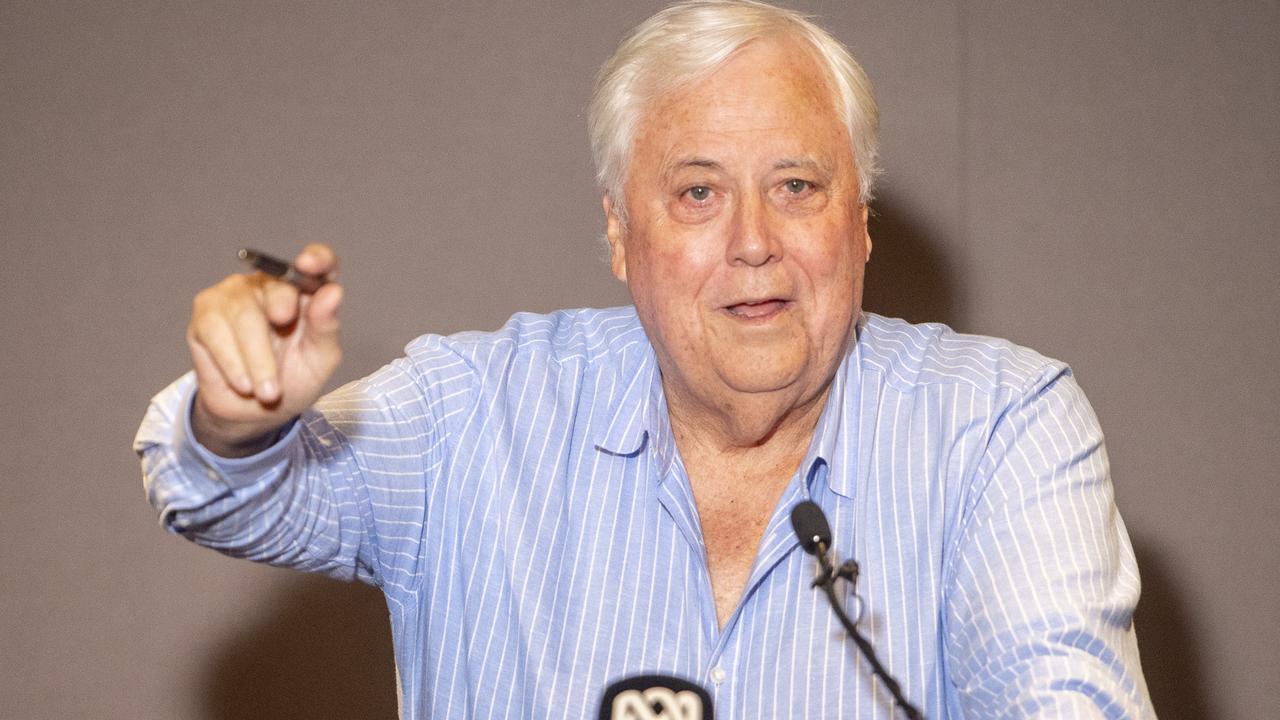Federal Election 2019: What you need to know about Australia’s climate change policies
Climate change was a major federal election issue well before the campaign started. In fact, when an Australian greenhouse gas reduction proposal was first considered by Federal Cabinet, Madonna’s Like A Prayer was the nation’s number one single.

Federal Election
Don't miss out on the headlines from Federal Election. Followed categories will be added to My News.
Climate change was a major federal election issue well before the campaign started.
On the day before a Federal Budget that was the Coalition’s election launch pad, Labor unveiled the final component of its policy.
This was spearheaded by an electric vehicles target of 50 per cent of new car sales by 2030, which Labor argued would send a strong signal to car makers to ship a greater range of more affordable electric vehicles to the relatively small Australian market.
But Prime Minister Scott Morrison accused his Labor rival Bill Shorten of wanting “to end the weekend” and “say see you later to the SUV”, arguing the cheapest electric vehicle, at about $45,000, could not even tow a boat. Labor also wants to ensure that 50 per cent of the nation’s electricity is sourced from renewable energy by 2030 and cut pollution by setting caps for about 250 of the nation’s biggest polluters.
The Coalition in February unveiled a $3.5 billion Climate Solutions Package, including a $2 billion fund aimed at reducing greenhouse gases through environmental projects for farmers, remote indigenous communities and small businesses.
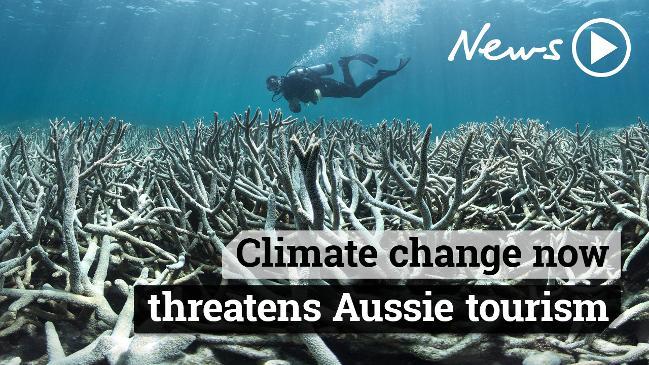
The policies are the latest salvo in a “climate war” spanning at least 20 years, that has polarised Australian politics for much of the past decade.
When an Australian greenhouse gas reduction proposal was first considered by Federal Cabinet, Madonna’s Like A Prayer was the nation’s number one single. Back in 1989, the-then Labor federal cabinet first considered a plan to reduce greenhouse emissions by 20 per cent by 2005, mirroring the call from an international conference the previous year in Toronto, Canada.
Like many climate change plans since, the Labor plan was delayed, then passed after the 1990 election on the proviso that emission reduction would not be at the expense of the economy. But the issue lapsed after Paul Keating deposed Bob Hawke as prime minister.
Back then, climate change was not a polarising issue. The-then Liberal environment spokesman Chris Puplick later claimed his party was ahead of the ALP on climate change by the 1990 election and there was bipartisan interest.
In 1990, the Intergovernmental Panel on Climate Change released its first assessment report, which noted with certainty that a natural greenhouse effect warmed the Earth and human activities contribute to atmospheric concentrations of greenhouse gases.
This triggered the first global treaty on climate change, later known as the United Nations Framework Convention on Climate Change. The-then Labor environment minister Ros Kelly signed this in 1992 at a UN conference in Rio de Janeiro, Brazil — popularly known at the time as the Rio Earth Summit — and Australia became the ninth country to ratify it later that year.
The treaty aimed to stabilise atmospheric greenhouse gas concentrations in time to protect ecosystems, food security and economic development from the threat of climate change.
A National Greenhouse Response Strategy was endorsed by federal, state and territory governments at a meeting in December 1992. This relied on audited national approaches to limit greenhouse gas emissions with no negative impacts to the national economy or Australia’s trade competitiveness.
On the eve of a federal election year, in late 1995, the IPCC released a second assessment report, which said “there is a discernible human influence on global climate”. Three months later, Mr Keating had been turfed from office in a landslide victory by the Liberals’ John Howard, who went on to become Australia’s second-longest serving prime minister.
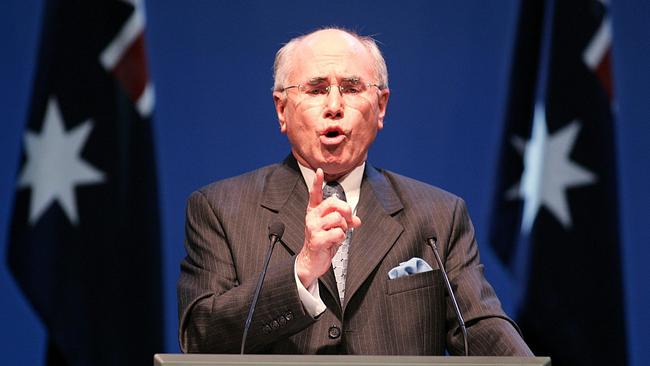
By September 1997, the-then environment minister Robert Hill declared Australia would share the global burden of reducing greenhouse emissions but there would be a “devastating impact on Australian industry and its ability to create jobs” if a uniform target was adopted at the forthcoming Kyoto conference (which would go on to be a landmark meeting on the issue).
That December in Kyoto (the third Council of Parties to the UN Framework), Australia secured a controversial concession to include land-use change and forestry as part of net emissions in the 1990 baseline. Australia agreed to limit its greenhouse emissions to an 8 per cent rise from 1990 levels. Yet, under Mr Howard, Australia refused to sign the Kyoto Protocol, which became a lightning rod for Labor and environmental groups.
“Were Australia to ratify, investment would go to those countries with no greenhouse restrictions; Australia would lose jobs and the world would still see emissions go up,” Mr Howard said in 2005.
But Mr Howard had introduced the Mandatory Renewable Energy Target scheme in 2001, which originally proposed that by 2010 electricity retailers source an extra two per cent (above the-then eight per cent) of power from renewable energy.
In 2004, he launched a 10-year energy plan, called Securing Australia’s Energy Future, which included $500 million for research into putting carbon emissions underground and $134 million for renewable energy research. As pressure mounted to ratify Kyoto, Mr Howard began moves toward creating an emissions trading scheme in late 2006 and, ahead of the 2007 election, vowed to implement one no later than 2012 if re-elected.
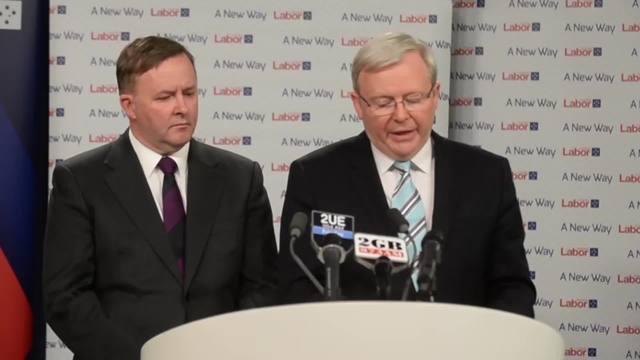
Labor’s Kevin Rudd swept into office that November, with ratifying Kyoto one of his key pillars. This was done the next month. By mid-2008, the independent Garnaut review had found Australia was particularly vulnerable to climate change and a Labor-led ETS was proposed. In December, the detail was outlined — including a new, conditional target to reduce emissions by 25 per cent by 2020 on 2000 levels.
But Mr Rudd’s carbon reduction scheme was rejected by the Greens in the Senate and any prospect of Liberal support evaporated when Tony Abbott defeated Malcolm Turnbull in a 2009 leadership spill.
By 2010, Julia Gillard had deposed Mr Rudd. In mid-2012, her scheme to put a price on carbon came into effect. Ms Gillard had signed a deal with the Greens, after the 2010 election, to “acknowledge that reducing carbon pollution by 2020 will require a carbon price”.
But Mr Abbott unleashed a devastatingly effective campaign against the “great big new tax on everything”, eventually resulting in him becoming prime minister in 2013.
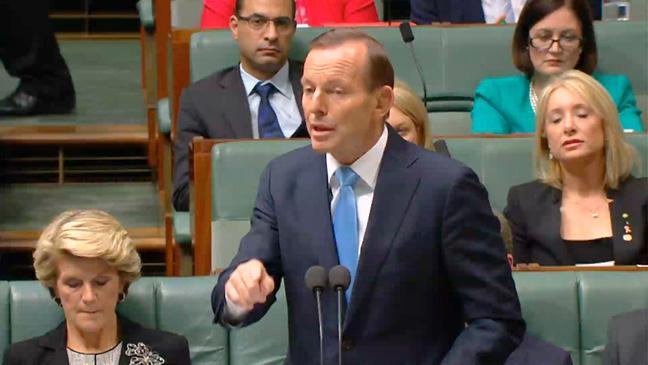
What the major parties promise
LABOR
■ Ensure 50 per cent of electricity is sourced from renewables by 2030.
■ National electric vehicle target of 50 per cent of new car sales by 2030.
■ $200 million fund to roll out electric vehicle charging network infrastructure across the country.
■ Pollution cap for about 250 companies considered the nation’s biggest polluters, which the companies will have to offset.
■ Require all large electricity generators give at least three years notice of closure.
COALITION
■ $3.5 billion Climate Solutions Package
■ $2 billion Climate Solutions Fund, including environmental projects for farmers, small businesses and indigenous communities.
■ Support for transition to reliable renewables, including Snowy 2.0 and Tasmania’s Battery of the Nation projects. Boost pumped hydro storage and allow more clean energy to be exported to mainland.
■ Develop National Electric Vehicle Strategy to ensure planned and managed transition to new technology and infrastructure.
■ Help households and businesses improve energy efficiency and lower energy bills.
Originally published as Federal Election 2019: What you need to know about Australia’s climate change policies


